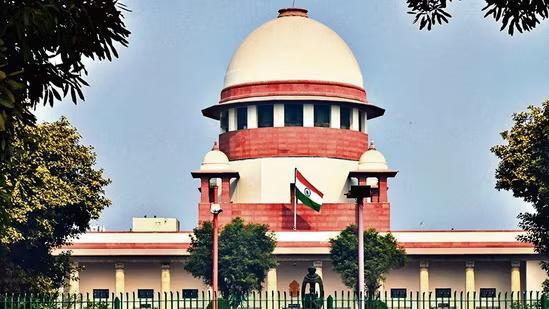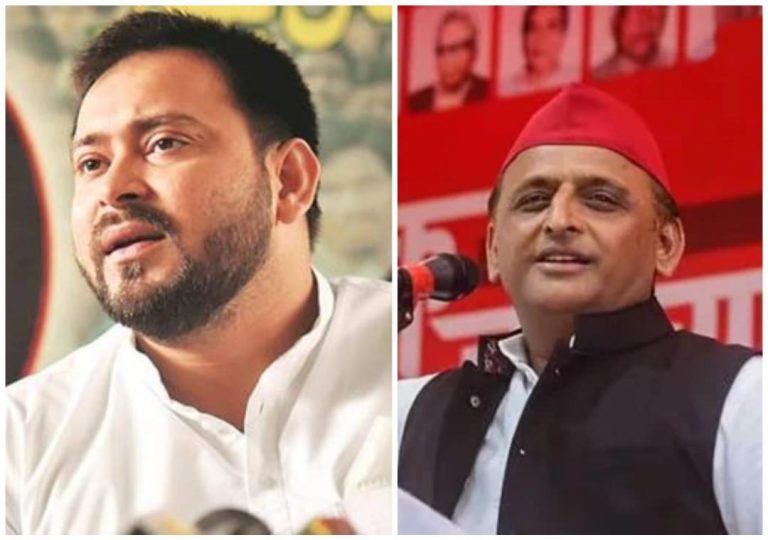
No Action Against Owners of 10 & 15-yr-old Diesel & Petrol Vehicles for 4 Weeks: SC
In a significant relief to the owners of old vehicles in Delhi, the Supreme Court has ordered no “coercive” action will be taken against them for four weeks. This comes as a response to an application filed by the Delhi government, which challenged the ban on vehicles over 10 years old (diesel) and 15 years old (petrol) in the capital as a pollution control measure.
The Supreme Court’s order is a temporary reprieve for the owners of these vehicles, who had been facing the threat of being barred from plying on Delhi’s roads. The ban was implemented by the Delhi government in a bid to reduce air pollution in the city, which has been struggling to breathe due to toxic air quality.
The Delhi government had approached the Supreme Court challenging the ban, arguing that it was not feasible to implement the ban immediately, and that a four-week period was needed to prepare a plan to phase out the old vehicles. The government also claimed that a blanket ban would cause immense hardship to the public.
The Supreme Court has now accepted the Delhi government’s plea and has ordered no coercive action against the owners of old vehicles for four weeks. During this period, the government will prepare a plan to phase out the old vehicles and implement a mandatory fitness test for all vehicles, including old ones, to ensure that they meet the required emission standards.
The court’s order has come as a relief to the owners of old vehicles, who were worried about the financial implications of the ban. Many of them had already invested in upgrading their vehicles to meet the new emission standards, but the ban had put their plans on hold.
The Delhi government has been implementing a series of measures to reduce air pollution in the city, including the ban on old vehicles. However, the ban has been met with resistance from many quarters, including the owners of old vehicles and the auto industry.
The auto industry had argued that the ban was too harsh and would cause immense hardship to the public, particularly in rural areas where old vehicles were the only mode of transport. They had also claimed that the government had not provided sufficient alternatives for the owners of old vehicles, who would be forced to upgrade their vehicles or buy new ones.
The Supreme Court’s order has given the Delhi government some breathing space to prepare a plan to phase out the old vehicles. The government will now have to come up with a comprehensive plan to implement the ban, which includes providing alternatives to the owners of old vehicles and ensuring that the new vehicles meet the required emission standards.
The Supreme Court’s order is also seen as a setback for the Delhi government, which had been under pressure to implement the ban. The government had claimed that the ban was necessary to reduce air pollution in the city, but the court’s order has given it some time to rethink its strategy.
The Delhi government has already started implementing various measures to reduce air pollution in the city, including the ban on old vehicles. However, the court’s order has given it some time to focus on other measures, such as increasing the number of public transport vehicles and promoting the use of electric vehicles.
The Supreme Court’s order is a significant development in the ongoing battle against air pollution in Delhi. The court’s decision to give the Delhi government some time to prepare a plan to phase out the old vehicles is seen as a pragmatic approach to addressing the issue. The court’s order has also given the government some time to focus on other measures to reduce air pollution in the city.
In conclusion, the Supreme Court’s order to give no coercive action against the owners of old vehicles for four weeks is a significant relief to them. The order has given the Delhi government some time to prepare a plan to phase out the old vehicles and implement a mandatory fitness test for all vehicles. The government will now have to come up with a comprehensive plan to implement the ban, which includes providing alternatives to the owners of old vehicles and ensuring that the new vehicles meet the required emission standards.






